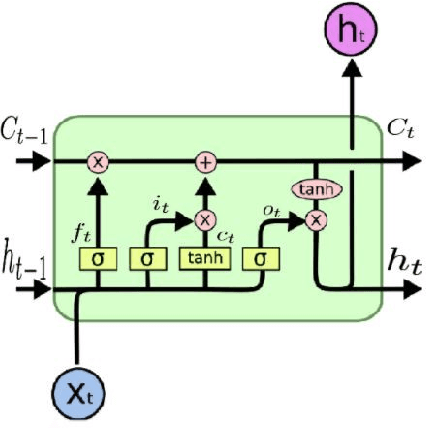Elham Azimi
Age and Gender Prediction From Face Images Using Attentional Convolutional Network
Oct 08, 2020



Abstract:Automatic prediction of age and gender from face images has drawn a lot of attention recently, due it is wide applications in various facial analysis problems. However, due to the large intra-class variation of face images (such as variation in lighting, pose, scale, occlusion), the existing models are still behind the desired accuracy level, which is necessary for the use of these models in real-world applications. In this work, we propose a deep learning framework, based on the ensemble of attentional and residual convolutional networks, to predict gender and age group of facial images with high accuracy rate. Using attention mechanism enables our model to focus on the important and informative parts of the face, which can help it to make a more accurate prediction. We train our model in a multi-task learning fashion, and augment the feature embedding of the age classifier, with the predicted gender, and show that doing so can further increase the accuracy of age prediction. Our model is trained on a popular face age and gender dataset, and achieved promising results. Through visualization of the attention maps of the train model, we show that our model has learned to become sensitive to the right regions of the face.
FingerNet: Pushing The Limits of Fingerprint Recognition Using Convolutional Neural Network
Jul 28, 2019



Abstract:Fingerprint recognition has been utilized for cellphone authentication, airport security and beyond. Many different features and algorithms have been proposed to improve fingerprint recognition. In this paper, we propose an end-to-end deep learning framework for fingerprint recognition using convolutional neural networks (CNNs) which can jointly learn the feature representation and perform recognition. We train our model on a large-scale fingerprint recognition dataset, and improve over previous approaches in terms of accuracy. Our proposed model is able to achieve a very high recognition accuracy on a well-known fingerprint dataset. We believe this framework can be widely used for biometrics recognition tasks, making more scalable and accurate systems possible. We have also used a visualization technique to highlight the important areas in an input fingerprint image, that mostly impact the recognition results.
Deep-Sentiment: Sentiment Analysis Using Ensemble of CNN and Bi-LSTM Models
Apr 08, 2019



Abstract:With the popularity of social networks, and e-commerce websites, sentiment analysis has become a more active area of research in the past few years. On a high level, sentiment analysis tries to understand the public opinion about a specific product or topic, or trends from reviews or tweets. Sentiment analysis plays an important role in better understanding customer/user opinion, and also extracting social/political trends. There has been a lot of previous works for sentiment analysis, some based on hand-engineering relevant textual features, and others based on different neural network architectures. In this work, we present a model based on an ensemble of long-short-term-memory (LSTM), and convolutional neural network (CNN), one to capture the temporal information of the data, and the other one to extract the local structure thereof. Through experimental results, we show that using this ensemble model we can outperform both individual models. We are also able to achieve a very high accuracy rate compared to the previous works.
 Add to Chrome
Add to Chrome Add to Firefox
Add to Firefox Add to Edge
Add to Edge